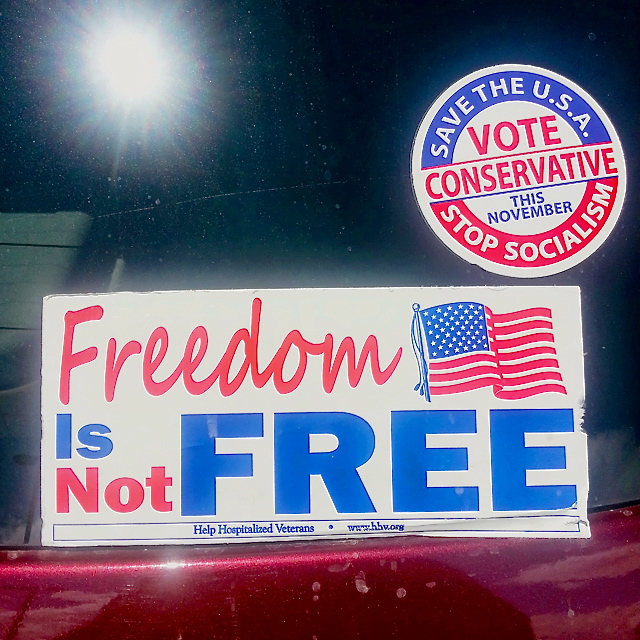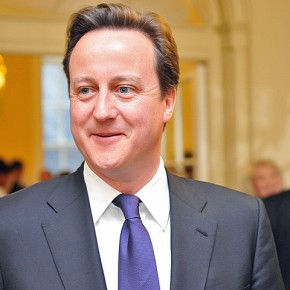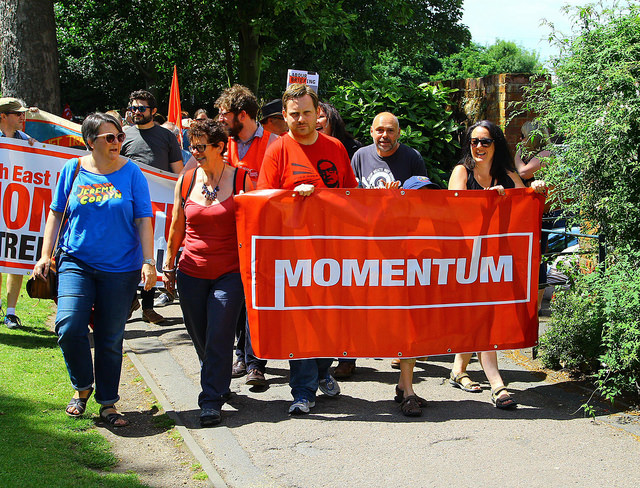Although almost everyone around the world has a superficial knowledge of the American way of life, forced down their throats by the United States’ two most successful export industries, weaponry and media, deeper understanding can prove elusive. How, for example, can the people of a nation that has been a global superpower for the better part of a century still conceive of themselves as renegade underdogs, fighting for freedom?
There are a number of compelling explanations. But perhaps the simplest revolves around the notion of arrested development. After the unprecedented expansion of the national government that occurred in the first two decades of the twentieth century, which culminated in belated participation in the First World War, the United States was poised to become a leader in world affairs.
Curiously, though, for all of the bluster Americans were noted for abroad, that clueless self-confidence that came from not being bound to old ways of doing things, the prevailing mood throughout much of the United States in the aftermath of the war was a mixture of paranoia and nostalgia. Simply put, a great many Americans did not want the responsibility that would inevitably follow from taking the reins of power from the great colonial powers of Europe.
This is why, notoriously, Congress refused to back the League of Nations that Woodrow Wilson had worked so hard to create. The ensuing years of isolationist sentiment that lasted until the Japanese attack on Pearl Harbor are usually thought of as two distinct periods, the booming 1920s and the bust of the Great Depression that followed. But from the perspective of foreign affairs, these two decades really represented a continuum.
We have been conditioned to regard the years following the Second World War as a repudiation of isolationism, from the United States’ role in founding the United Nations through the series of military engagements it pursued in order to curb the influence of the Soviet Union. Yet the truth is that, while government leaders in Washington pursued this course, the majority of Americans gravitated to the mindset of 1919.
None of this is news, of course, to those who have spent time studying American history. The Red Scares that followed both wars had a great deal in common. And, while the prosperity of the 1950s proved less ephemeral than that of the 1920s, the parallels between these decades are impossible to ignore. Nevertheless, the idea that Americans had someone reconciled themselves to their role as a global advocate for freedom — meaning, for the most part, the free market — took sufficient hold that it acquired the sheen of truth.
Certainly, the textbooks that American schoolchildren were assigned in the 1950s and 1960s worked assiduously to reinforce the conviction that the United States had learned its lesson after the First World War. As veterans returned home from first Korea and then Vietnam, however, the nation’s reluctance to embrace this progressive narrative became painfully apparent. Rather than being praised for their service advancing American interests, former soldiers instead felt pressure to pretend that their time abroad hadn’t really happened, as if the mere acknowledgement of what they had done would destroy what was left of the nation’s innocence.
Concern for the fate of veterans reintegrating into civilian life lay behind the widespread, if superficial, shows of support witnessed during the 1991 Gulf War and its aftermath and their massive expansion in the wake of September 11th, 2001. Among the most popular slogans meant to honor the men and women of the armed forces were the many variants on “Freedom isn’t free” that turned up on bumper stickers, T-shirts and in other forms of public speech.
As catchy as it is vague, this formulation continues to resonate with Americans who want to emphasize the sacrifices that veterans have made. But its appeal goes beyond the simple acknowledgment that many have paid a grave price for the freedom that other Americans enjoy. The conviction that freedom comes at a cost dovetails beautifully with perpetually rekindled anxieties about those who get goods and services for free.
The juxtaposition of bumper stickers seen in this particular photograph is quite common in the more conservative regions of the United States. Often coupled with virulent anti-Obama slogans, they capture the paranoid piety that continues to ground the ideology of a great many Americans, particularly in what is sometimes called the nation’s heartland, those vast reaches between the northeastern seaboard and Pacific coast where “progressive” has rarely been a term of praise.
To be sure, the fact that the reheated Red Scare of today goes hand in hand with reflexive praise for the once-forgotten men and women of the nation’s armed forces could be considered a form of progress. Even if support for veterans is more rhetorical than practical — the economic situation of former soldiers is frequently dire, due to poor pay and pensions — it is a preferable alternative to the indifference and, at times, outright hostility that confronted previous generations.
What needs to be attended to more carefully, however, is the way in which this combination of support for the military and antagonism towards “socialism” — the Democratic Party in the United States has almost nothing in common with true socialism — might contribute towards a resurgence of isolationism. Most Americans have grown weary of the endless wars and half-wars of the post-9/11 era. But when it’s self-identified conservatives who show that fatigue by making an implicit equation between interventionist foreign policy and an excess of government intrusion back home, the results can be very interesting.
Arguing that Americans would be better off if their government pursued the course taken by the leaders who followed Woodrow Wilson may seem absurd — though President Calvin Coolidge has been effectively repurposed into a hero for the Tea Party set — but at a time when the nation’s budget continues to suffer mightily for its aspirations to police the world, it’s understandable that this line of thinking is becoming increasingly popular. Ron Paul excited millions of young voters with his particular spin on it and now his son Rand seems likely to prove a viable Presidential candidate while proffering an updated version.
It’s hard for a true progressive to feel good about any of this. Yet the fissures in the conservative movement that are starting to open up around questions of American military engagement need to be explored with an activist’s mindset. Maybe opposition to attacking Syria — or Iran or al-Qaida’s various African outposts — is rooted in xenophobia and a retrograde impulse to return to a simpler life that simply isn’t possible any more. Yet that doesn’t mean that it should be rejected out of hand. As Karl Marx and Friedrich Engels — actual socialists, instead of whatever President Obama is — wrote in the last portion of The Communist Manifesto, making common cause with those one otherwise has little in common with is critical. Radicals can no more work in isolation than reactionaries can.
Commentary and photograph courtesy of Charlie Bertsch.





